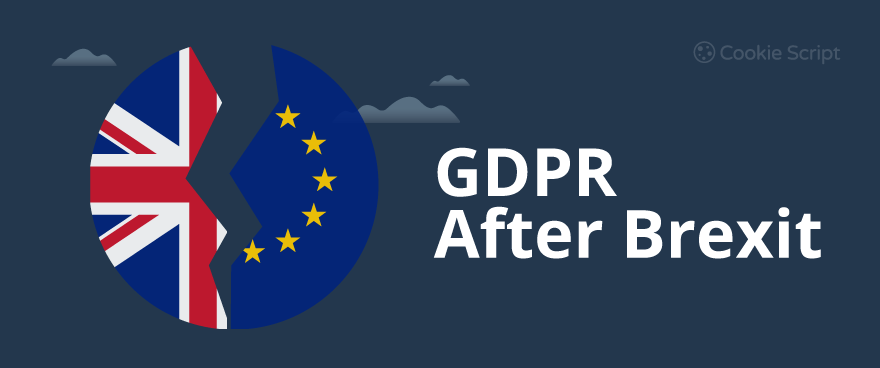If you are a CookieScript customer, it’s easy to remain compliant with all of the latest data privacy laws — it’s practically automatic. For the rest out there, you might need to make some adjustments to the way you collect, store, and utilize website data. Read on to see what changes and what stays the same when it comes to the GDPR post-Brexit.
UK-GDPR Will Change the Data Privacy Landscape
At the tail-end of 2020, the United Kingdom and European Union signed an agreement that allowed for the seamless flow of data between the two governments. On the cookies and data privacy front, essentially everything remains the same until June 2021, at which point the UK’s own government will have full control over its adequacy decisions.
In anticipation of the expiration of the agreement between the EU and UK, the UK parliament is readying a carbon copy piece of legislation that would mirror the EU’s GDPR. The UK-GDPR would also be bolstered by the previously enacted Data Protection Act of 2018, which remains in effect. With both the UK-GDPR and the DPA 2018, the UK’s data privacy laws are virtually identical to their European counterparts. But, there are some key differences, mainly in terms of how law enforcement can utilize private data.
Stay Compliant with GDPR and UK-GDPR
Confused about what’s going on with Brexit and the GDPR? Let CookieScript take the guesswork out of data privacy compliance. CookieScript is free to try for the first 30 days!
How to Comply with UK-GDPR
In June of 2021, website operators in the UK and EU should ensure that they are compliant with the provisions outlined in the EU’s GDPR, the UK-GDPR, as well as the Data Protection Act of 2018. The EU’s version of the GDPR is still in effect for all members of the European Economic Area (EEA), which includes all member states of the European Union in addition to Norway, Liechtenstein, and Iceland.
Until the United Kingdom drafts its own unique data privacy laws, it is best to follow the provisions within the EU’s GDPR for the time being. Since it’s been a number of years since the passage of this legislation, you may want to brush up on GDPR by reading our article on GDPR and ePrivacy Regulation Compliance.
Here is a quick checklist that will help you remain compliant:
- Create a Cookie Policy that is clear and concise. If you have an EU cookie disclaimer in place on your website, then you should be in good shape regarding this provision. Make sure the language of your Cookie Policy is clear, direct, and not overly wordy.
- Obtain consent first. Any cookies that could collect personally identifying information should be paused until the user consents to the website’s use of cookies.
- Declining cookies should not be a barrier. If a user chooses not to accept cookies, this should not hinder the normal use of the website. And, the choice to accept or decline cookies should not be connected (or implied to be connected) to any other sort of transaction.
For a more detailed breakdown of the current state of the EU’s GDPR, check out the official GDPR website. They’ve also included a compact write-up on GDPR’s proposed changes.
Let CookieScript Do the Work
With automatic cookie detection, consent trackers, and other tools, CookieScript makes it easy for website operators and users to have complete control over their data processes. These tools also ensure your website is in complete compliance with all the latest data privacy updates in the UK and Eurozone.
CookieScript can detect all types of cookie trackers on your website. This includes First-party trackers and third-party trackers that are sometimes placed by software vendors, advertisers, and marketers.
CookieScript gives you complete control over the cookies on your website — no matter where your business or customers are located. With CookieScript, you will remain in compliance with the ever-changing data privacy landscape. Simply install the tool, choose your preferences, and Cookie Script will get to work in ensuring your cookie practices are always up to date.
